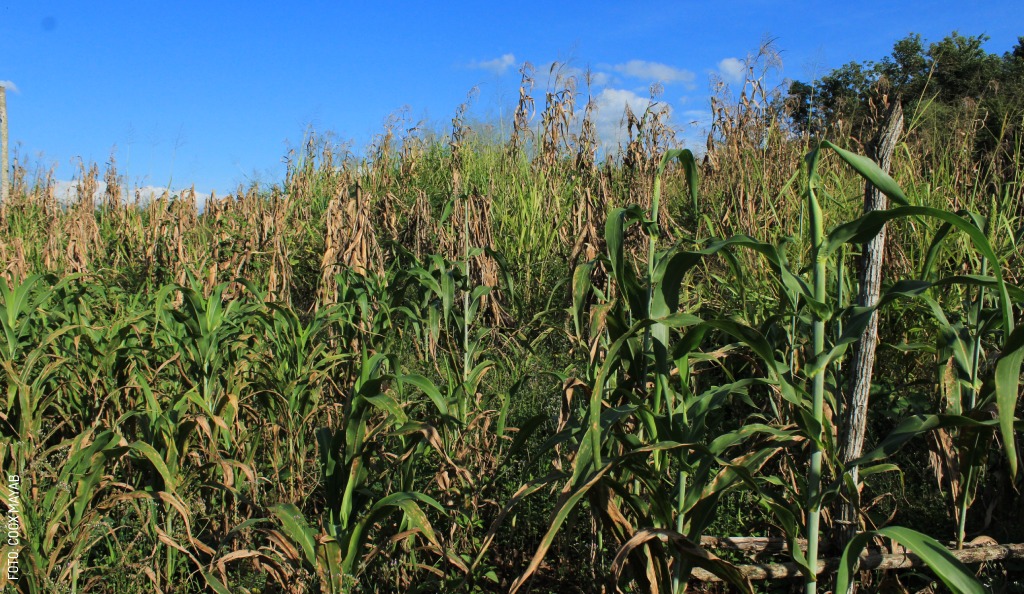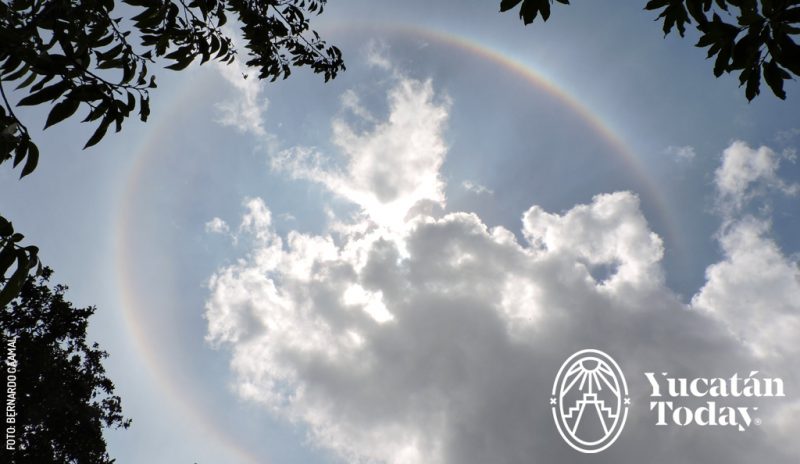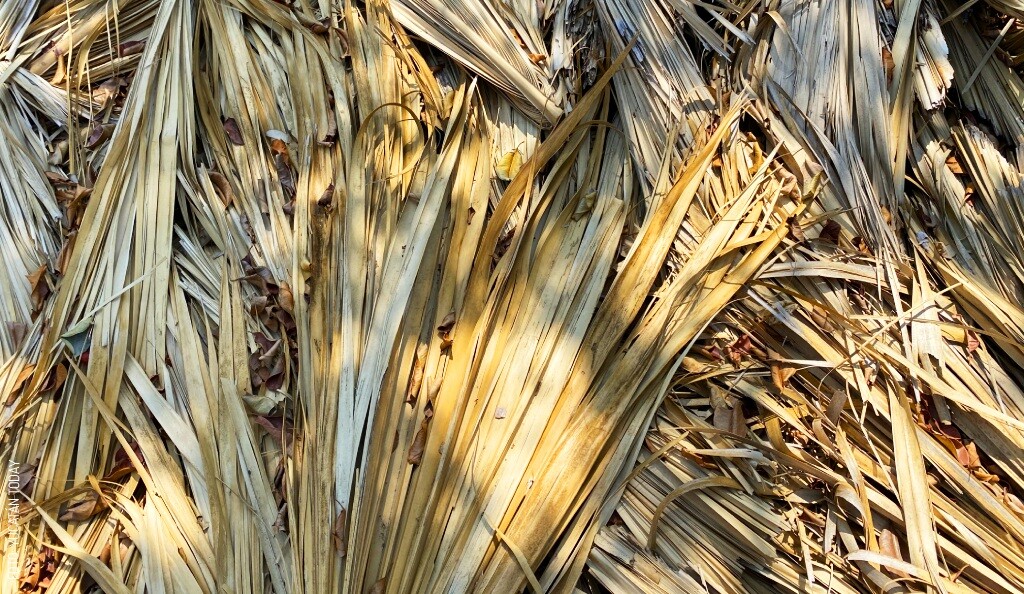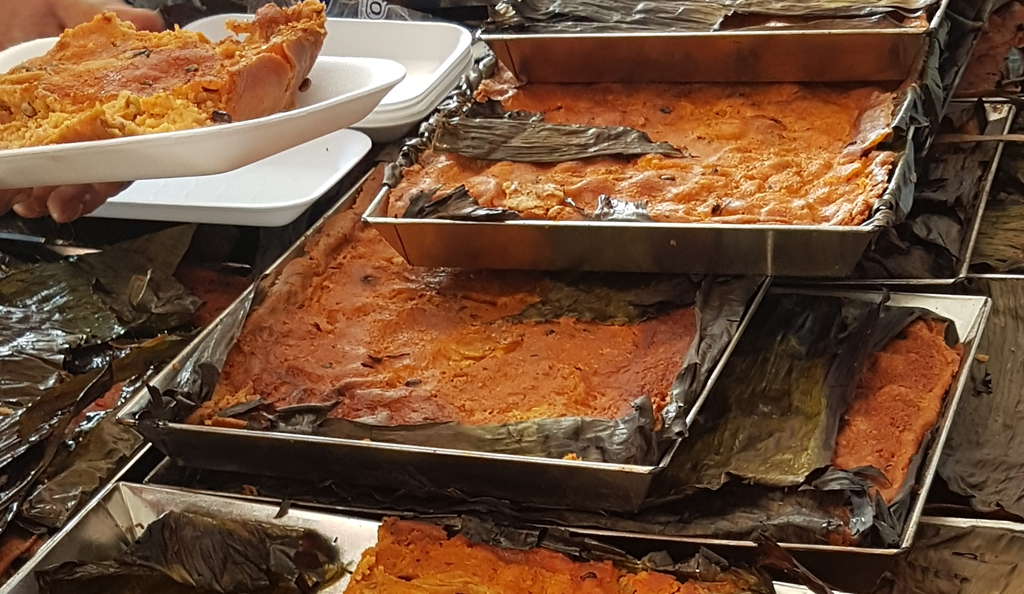
Cabañuelas: Maya Weather Predictions for 2024

Is it possible to predict the weather for the whole year?
Well, it so happens that the lengthy Maya heritage includes Cabañuelas, a method that allows observers to determine the weather, rains, and other meteorological events for the entire year by watching nature, plants’ and flowers’ behavior, as well as the movement of animals, during the first days of January. While “Cabañuelas” is the Spanish name for this method, in Maya it’s known as Xook K’iin, which means “reading the days.”
Cabañuelas are still carried out, even by younger generations, as they help determine what the best times for planting and harvesting will be for the year, forecasting the rainy and possibly drought season, and even hurricanes.
How can I predict the weather for the year?
You’re probably wondering how the method works, and whether you can try it. It’s actually effortless. The observation needed for the Cabañuelas takes place throughout the entire month of January. The weather and temperature that prevail during the first 12 days of the month relate to the 12 months of the year in chronological order. The following twelve days relate to all 12 months but in reverse, so the 13th refers to December, up to the 24th which refers to January.
Beginning on January 25, each day relates to two months: the first twelve hours of the 25th relate to January and the following 12 hours to February, and so on, until the 30th. On the 31st, each hour refers to each month; when you get to midday you will have to go back from December to January, thus closing the cycle of observation.
Throughout the month you are to watch what happens to the plants and flowers closely; observe the temperature, whether it rains, if the ants and other creatures move from one place to the other, or display unusual behavior. Every detail matters, so keeping a thorough record in writing is encouraged.
Another benefit to practicing Cabañuelas is that when you stop to observe the climate, the wind, and the sky, you might find yourself breathing a little more deeply, relaxing, and slowing down. And while some say that Cabañuelas are not as accurate as they used to be (due to weather phenomena like El Niño and La Niña, in addition to climate change), they have been proven to be roughly 80% accurate.
Whatever the case, applying this age-old knowledge to make your own weather predictions is not difficult at all, so let’s get it done, and don't forget to share your 2024 observations and predictions with us!
Photography by Bernando Caamal, Co'ox Mayab, and Yucatán Today for its use in Yucatán Today.

Author: Violeta H. Cantarell
“Meridana,” traveler, animal lover, passionate reader, commentator, and enthusiastic promoter of the natural and human beauty of Yucatán.
Receive the latest articles and much more from the best of Yucatán in your email!
Related articles

Maya "Bone-Setters" or "Massage Therapists"
Explore the traditional healing practices of Maya "Bone-Setters" and "Massage Therapists", who use intuition and natural connections to treat the...
The Mighty Huano
Huano or Guano? Learn about this traditional Yucatecan plant and its practical uses, from crafts and cleaning to cooking and architecture.




